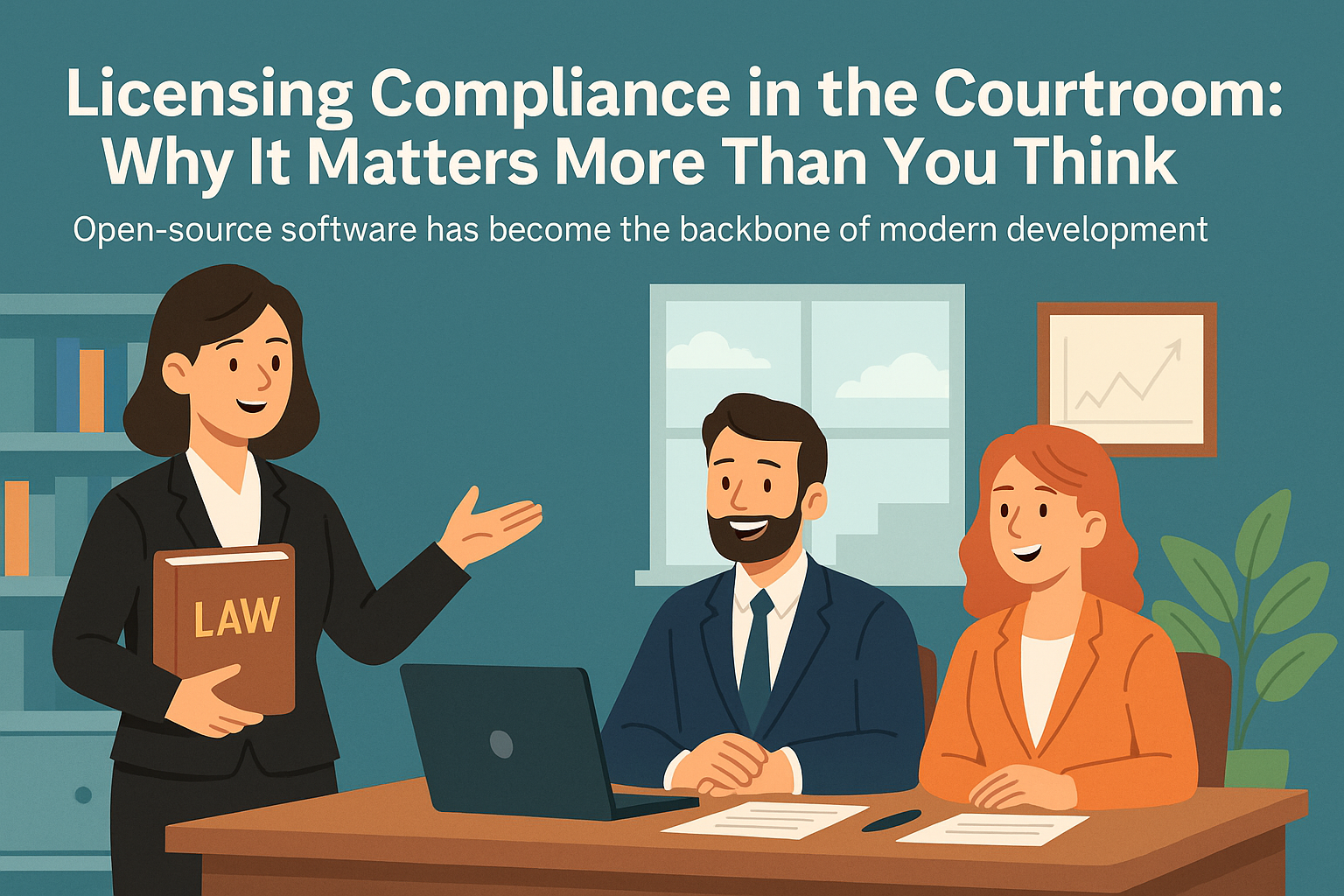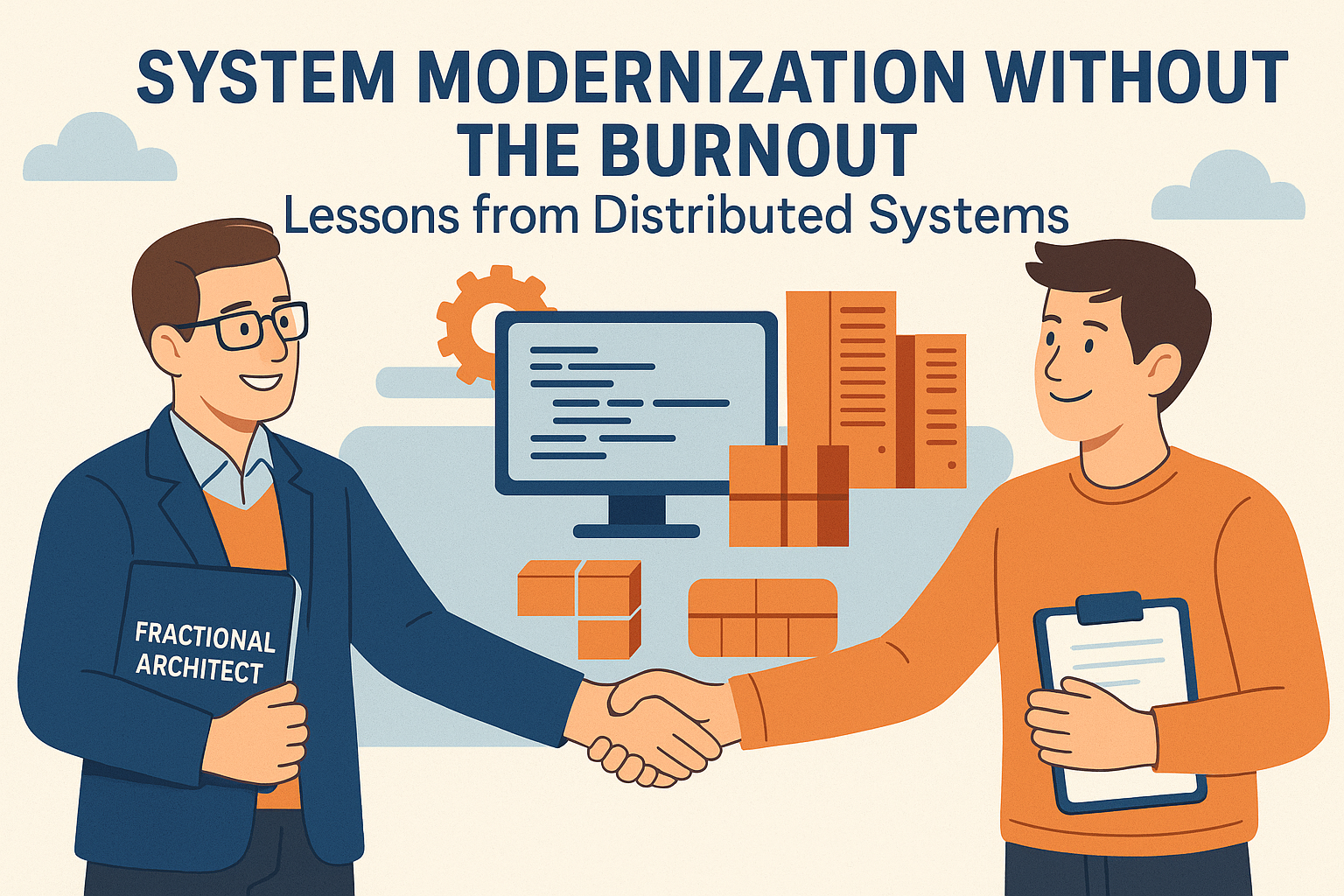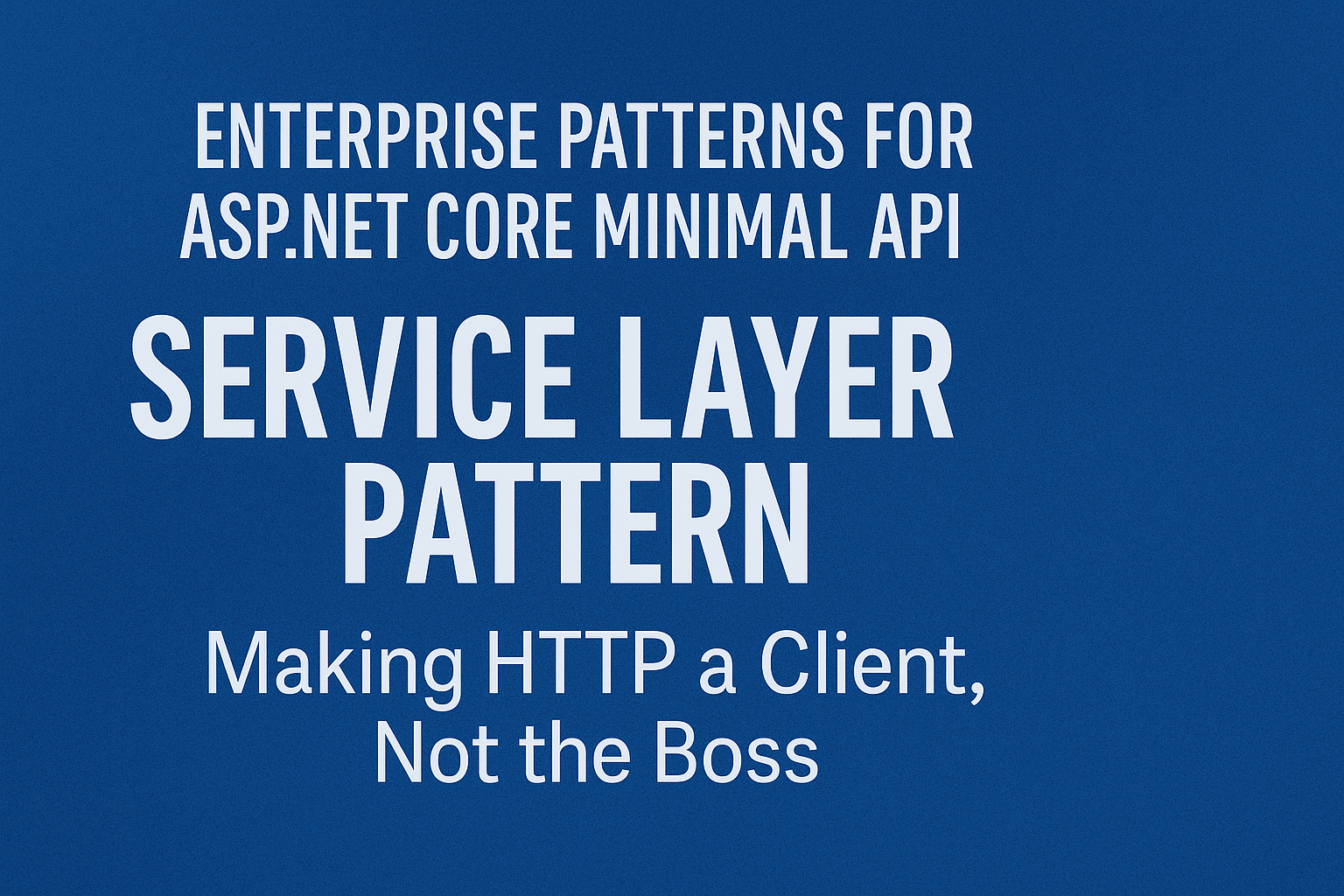
Licensing Compliance in the Courtroom: Why It Matters More Than You Think
- Chris Woodruff
- October 17, 2025
- Business of Software
- business of software, law, licensing, open-source
- 0 Comments
If you're looking to enhance your organization's systems through quality assessments, I would love to connect with you. Let's explore how I can contribute to your success. You can easily reach me via my contact page here: https://woodruff.dev/contact/
In nearly every industry, open-source code fuels innovation. Developers harness open libraries, frameworks, and tools to accelerate features and cut costs. Yet, in this race for speed, many teams overlook a vital element: licensing. Each open-source component carries specific terms that guide its use, sharing, and modification. When these terms are overlooked or misunderstood, convenience can swiftly become a legal and financial burden.
Licensing transcends technicality. It represents a business imperative. What seems like free software often entails obligations that must be honored to ensure compliance. Neglecting those obligations can lead to lawsuits, compel public disclosure of proprietary code, or even disrupt essential operations. The narrative isn’t about whether companies embrace open-source software, but rather how they manage it with responsibility and foresight.
The hidden risk of poor license management
Many organizations underestimate just how intricate open-source licensing can be. It’s all too common for developers to grab third-party dependencies without taking the time to check their compatibility or any existing license restrictions. Often, this is done with good intentions: the goal is to solve problems swiftly and deliver valuable solutions. However, without proper governance, every new library introduced could become a ticking time bomb.
Imagine a scenario where incompatible licenses are tangled together in the same codebase. A single oversight might violate the copyleft provisions of a restrictive license like the GPL, potentially forcing the company to expose its proprietary code. Additionally, organizations sometimes neglect to give credit to original authors or fail to include mandatory license notices—both significant violations in the open-source world.
The implications of these oversights aren’t always immediate. They often bubble up later during audits, mergers, or even litigation. A potential buyer might hesitate or even reduce their offer if they stumble upon unverified open-source usage. Similarly, a client might demand indemnification for software that unknowingly infringes on third-party rights. When legal issues crop up, what started as technical slip-ups can escalate into high-stakes courtroom battles, making it clear that managing open-source licensing deserves far more attention.
The financial and reputational consequences
Legal battles over software licensing are very real and can have significant consequences. Major corporations have faced lawsuits for non-compliance, which have resulted in costly settlements, product recalls, and substantial reputational damage. Smaller companies are equally at risk; defending against a single claim can easily surpass their entire annual development budget.
The reputational damage from licensing issues often overshadows the financial toll. Once a company is labeled as non-compliant, partners become reluctant to collaborate, and customers lose trust. In today’s business landscape, where transparency is paramount, nothing erodes credibility faster than a licensing scandal.
From an operational perspective, poor compliance severely hampers engineering productivity. When violations surface, development stalls as teams rush to audit, replace, or rewrite the affected code. These delays have far-reaching impacts on projects and strain relationships with stakeholders who expect timely delivery. Companies cannot afford to be complacent about compliance; it’s essential for their success and credibility.
Building compliance through collaboration
The solution is not to avoid open-source software but to manage it intentionally. Licensing compliance requires coordination between engineering, architecture, and legal functions. Each plays a distinct role.
Engineers must understand the licenses that accompany the code they use. Architects must design systems with clear separation between proprietary and open-source components. Legal teams must establish policies that guide acceptable use and ensure adherence to contractual obligations.
The key is to integrate these efforts into the development lifecycle rather than treating them as one-time audits. Compliance begins with awareness and continues through automation and verification.
Practical strategies for achieving compliance
Inventory and tracking
Every organization should maintain a living inventory of its software assets. This includes open-source dependencies, frameworks, and libraries. The inventory should record the version, license type, and origin of each component. When a new library is added, it must be reviewed before being integrated into production systems.
Automated scanning tools
Modern tools such as Snyk, WhiteSource, and FOSSA can automatically detect licenses and flag potential conflicts. Integrating these tools into continuous integration pipelines ensures that non-compliant components are identified and addressed before release. Automation does not replace human review; instead, it enhances it, ensuring consistent oversight.
License education
Developers should receive regular training on how to interpret common open-source licenses, such as the MIT, Apache 2.0, and GPL licenses. Understanding the distinctions between permissive and restrictive licenses empowers teams to make informed choices. Education prevents accidental misuse and builds a culture of responsibility.
Legal review and policy enforcement
Legal teams should collaborate with technical leadership to define a clear open-source policy. The policy should specify approved licenses, attribution requirements, and escalation procedures. When engineering teams operate within these boundaries, they reduce uncertainty and simplify their decision-making process.
The long-term benefits of proactive compliance
Organizations that invest in licensing compliance gain measurable advantages beyond risk reduction.
Reduced legal exposure
By ensuring that all dependencies comply with their licenses, companies reduce the likelihood of lawsuits and cease-and-desist orders. Legal due diligence becomes smoother during mergers or funding rounds, accelerating transactions and improving valuation.
Stronger negotiating position
Compliance establishes credibility. When a company demonstrates control over its intellectual property, it inspires confidence among investors, partners, and clients. This assurance serves as a competitive differentiator in an environment where trust and accountability are paramount.
Improved reputation and culture
Compliance reflects discipline. A company that respects software licenses demonstrates its respect for intellectual property. Internally, it fosters a culture of accountability and professionalism. Externally, it builds trust that supports long-term growth.
Case study: Two paths, two outcomes
A software startup incorporated open-source code under restrictive terms without verifying its compatibility. When a major customer requested a license review, auditors uncovered multiple violations. As a result, the company had to halt deliveries and replace the affected components, which delayed its roadmap and strained investor relations.
In contrast, another organization in the same sector implemented automated scanning tools and mandatory license reviews early in its development process. When preparing for acquisition, they presented their compliance logs as evidence of their diligence. The acquiring firm appreciated this level of maturity and proceeded with the deal without hesitation.
These two outcomes illustrate a crucial truth: compliance is not just about avoiding penalties; it is also about demonstrating control and foresight.
Why it matters more than you think
Licensing compliance may seem like a minor administrative task, but in reality, it defines how safely a company can innovate. The technical and legal worlds converge in this space, and ignoring it invites risks that reach far beyond engineering.
Open-source software accelerates progress, but it also introduces obligations. Those who respect those obligations build durable businesses. Those who neglect them often discover their oversight in the courtroom.





